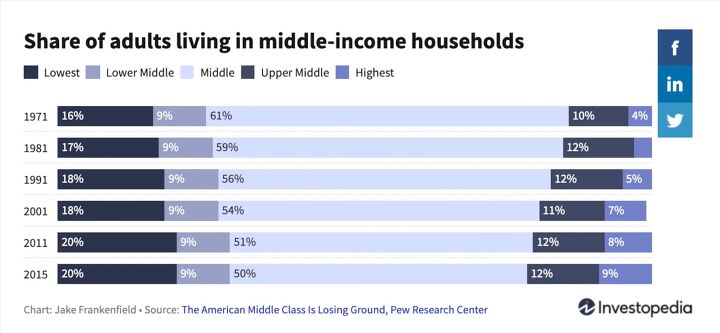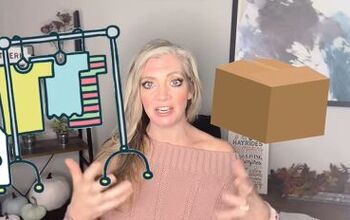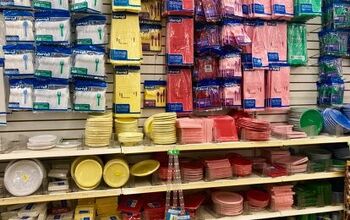What is Upper, Middle & Lower-Class Income & Why is It Important?

America is often talked about in reference to the middle class, and in more recent times, “the shrinking of the middle class.” Are you a low, middle, or high income earner? And what is considered middle-class income anyways?
Is the middle class shrinking?
The American middle class still makes up a slim majority of the American population, coming in at 52%. It turns out there’s merit to those headlines about the shrinking of the middle class.
Back in the 1970s, 61% of Americans were classified as middle class. Every decade those numbers have declined steadily.
The middle-class population hit an all-time low at 50% in 2015. So, that does mean the middle class grew from 2015 until today, but, make no mistake about it, the overall trend is still a shrinking middle class.
The middle class is shrinking because people are falling into the lower class or graduating to the upper class. The lower income category has grown from 16% in the 1970s to 20% today.
The upper-income category has grown from 4% in the 1970s, all the way to 9% of today’s population, more than doubling.
The upper-middle income category has grown also, going from 10% in the 1970s to 12% today.
So, the shrinking middle class isn’t an indicator of the nation’s wealth as a whole shrinking, but rather, an indicator of the growing disparity in wealth distribution.
What's more, the middle class isn’t simply shrinking in size, they are also seeing their share of the total earnings shrinking. In the 1970s, the middle class earned 62% of all income earned in America. Today that figure has shrunk to just 43%.
Why is this concerning?
The shrinking of the middle class is concerning because the middle class drives our economy. The lower-income families often don’t have enough discretionary income to spend beyond their necessities.
Wealthier families spend a disproportionately smaller share of their income. Often, their income is so great they really don’t need to spend much of it to meet their wants and needs. They end up being super-savers without really even trying.
Saving doesn’t drive our economy; spending and capitalism do. And, it’s the middle class who end up spending the greatest share of their discretionary income, driving our economy forward.
The middle class also demands and funds infrastructure and provides human capital. They need highways and public schools. They can’t always afford to send their children to private schools, whereas the wealthy can.
As far as human capital, the middle class becomes skilled in professions, applies the skills in the workforce, and earns income.
Actively-earned income sources are taxed more heavily than passive-income sources. Comparatively, the wealthy have more passive-income sources than active streams of income.
What is considered middle-class income?
Naturally, the question for many becomes, “what class am I in?” As with most things in life and finance, there is no one, clear-cut answer. We do have general guideposts, however.
Many researchers define the middle class as those earning two-thirds to double the American median household income, roughly between $42,000 to $126,000 a year.
Lower-income households would be those earning less than $42,000 a year and the upper-income bracket would be those making more than $126,00 a year.
Except, not so fast! Location plays a huge role in income because $60,000 in Missouri is going to buy you a whole lot more than $60,000 in New York City.
We tend to live, work, and surround ourselves with people who earn similar incomes to us. So, it can be hard for us to accurately judge what class we are in.
People tend to live in communities with similar incomes and view themselves as being near the middle, because their neighbors’ circumstances are similar to their own, even if they are earning significantly above or below the United State’s median income.
Class calculator
If you want a more concrete answer to, “what is middle-class income,” Pew Research has a calculator on their website. You can type in your state and income, and even filter by race and education level. The calculator will tell you if you are in the lower, middle, or upper class.
Other factors
There’s more to determining economic class than simply income level. These factors include social capital and cultural capital.
Social capital
Have you ever heard the saying, “it’s not what you know, it’s who you know?” That is social capital at its finest. The group you socialize with, your circle of friends, and the connections you are able to make have the power to open many doors in life.
Cultural capital
Cultural capital is a little harder to nail down. It is how you present yourself, speak, and behave, your education level, and your skill set.
We all knowingly, and sometimes unknowingly, judge people based on how they present themselves. How you’re perceived can absolutely affect the opportunities that you’re afforded.
Discretionary income
Once you have one form of capital (income, social, or cultural), it is easier to acquire other forms. For instance, having discretionary income can enable you to pursue a higher degree, buy nicer clothes, or join a country club where you’re able to network with others who have large discretionary incomes.
The 80-20 standpoint
There’s been a recent argument that we should approach income disparity from an 80-20 standpoint instead.
When looking at those who make up the lower 80% of our national income earners, we see that over the past 40 years their income has risen by 42%.
However, the next richest 19% have seen their incomes rise by 70%. The richest one percent have seen their incomes increase by 192%.
Those in the 20% are earning more per year than $112,000. They’ve seen their wages and investments grow and enjoy the comforts of living at, or near, the top.
What is upper, middle, and lower class income?
No matter how you look at it, America’s middle class is important to the well-being of our nation. A key marker of being middle class is having disposable income.
Even though it doesn’t push the economy forward, I still recommend you become a super-saver with your disposable income. It may not be good for the economy, but it’s good for you.
What do you do with your disposable income? Let us know in the comments.



























Comments
Join the conversation
Interesting reading and something to think about. Good points were made. I would travel if I had more discretionary income.